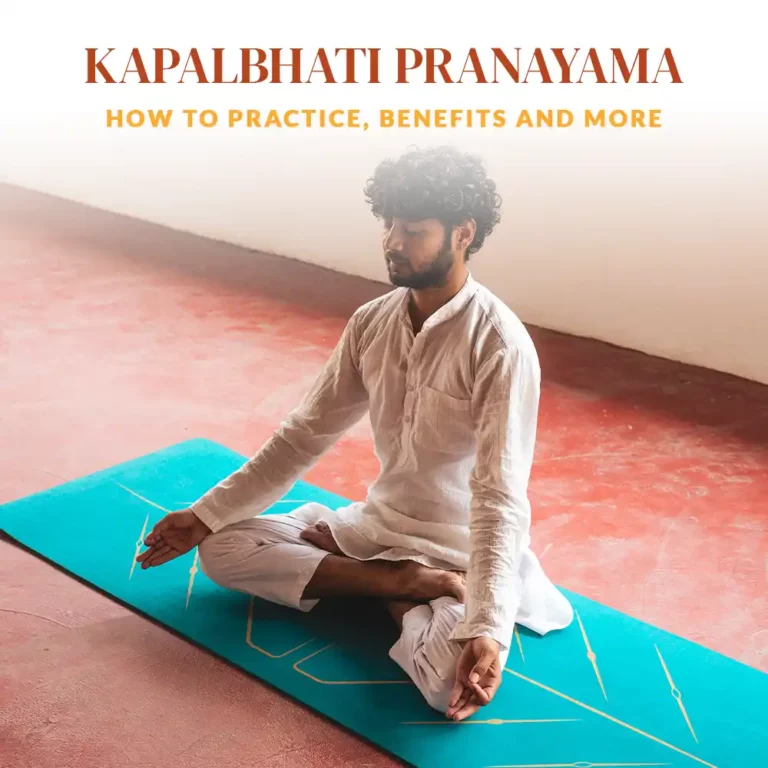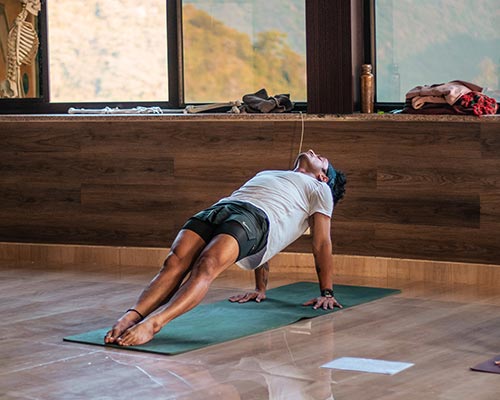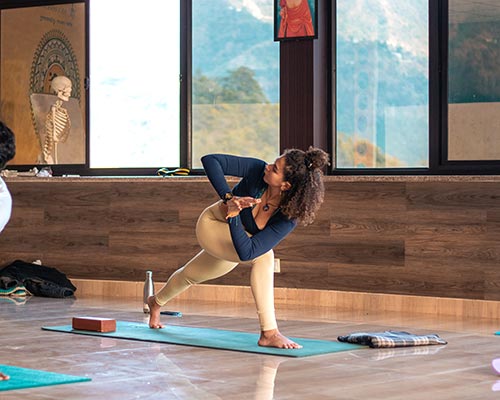Single Nostril Breath Yoga(Chandra Bhedana Pranayama): Steps & Benefits
Chandra Bhedi Pranayama is a Yogic breathing technique where the inhalation and exhalation are predominantly done through the left nostril while the right nostril is closed. In Sanskrit, “Chandra” means moon, and “Bhedi” means piercing. Together, Chanda Bhedi Pranayama translates to “moon-piercing breath.”
This technique of Pranayama is believed to have a calming and cooling effect on the body and mind. It is practiced to balance the energy flow in the body, specifically targeting the ‘Ida’ or lunar energy channel according to Yogic philosophy. The left nostril is associated with the lunar energy which is nurturing in nature. Chandra Bhedi pranayama promotes relaxation, reduces stress and anxiety, and improves sleep quality.
Left nostril breathing, as practiced in Chandra Bhedi Pranayama has its roots in ancient yogic traditions and Ayurvedic principles. The nasal passages operate on a nasal cycle where one nostril is dominant switching approximately every 2-3 hours. This dominance affects the autonomic nervous system (ANS). The left nostril is linked to the parasympathetic nervous system which promotes relaxation and calmness.
Research indicates that different activities and states of mind are associated with hemispheric dominance in the brain. The brain’s left hemisphere is typically associated with logical thinking, language, and analytical tasks, whereas the right hemisphere is associated with creativity, intuition, and emotional processing. Left nostril breathing activates the right hemisphere more strongly, promoting relaxation and creativity.
Step-by-Step Guide to Practicing Chandrabhedi Pranayama
To begin with, sit comfortably in a cross-legged position or on a chair with your spine erect and shoulders relaxed.
Take upon Vishnu Mudra by folding the index and middle fingers of the right hand towards the palm. Use the thumb to close the right nostril and the ring finger to close the left nostril.
For breathing, close the right nostril with the thumb and inhale slowly and deeply through the left nostril. After inhalation, close the left nostril with the ring finger, release the right nostril, and exhale slowly and completely through the right nostril. This completes one cycle. Continue for 5-10 minutes, focusing on the breath and maintaining a steady rhythm.
Common Mistakes and How to Avoid Them
Chandra Bhedi Pranayama requires attention to detail to avoid drastic mistakes. For example, practicing in a slouched or uncomfortable posture can restrict the flow of breath and hinder the benefits of the pranayama. An erect spine and shoulders relaxed there is optimal flow of energy within the body.
- People with low blood pressure should practice cautiously as it may further lower blood pressure.
- Those suffering from respiratory infections or congestion should avoid this practice until the congestion clears.
- Pregnant women should consult a healthcare provider before practicing Chanda Bhedi Pranayama.
- Practice in moderation as excessive periods without proper guidance can disrupt the body’s natural balance.
The Role of Chandrabhedi Pranayama in Stress Management
In yogic philosophy, the left nostril is connected to the Ida nadi, which represents the lunar, cooling, and feminine energy. Chandra Bhedi Pranayama aims to balance the flow of energy in the body, contributing to overall well-being and stress reduction.
Regular practice of this Pranayama technique is believed to enhance mental clarity and focus. By calming the mind and reducing stress, the sleep cycle may also improve. By promoting relaxation and reducing stress hormones like cortisol, Chandra Bhedi pranayama can help lower heart rate and blood pressure, contributing to overall cardiovascular.
Integrating Chandrabhedi Pranayama into Your Daily Routine
Integrating Chandra Bhedi Pranayama into your daily routine can be beneficial for calming the mind, and promoting overall well-being.
To begin with, choose a suitable time. Traditionally, pranayama is practiced in the early morning or evening when the mind is relatively calm. Choose a time that works best for your schedule and where you can be consistent. This consistency can be followed in a specific corner of the house or a space that you call your own. Ensure that this space is well maintained.
Always wear comfortable clothing while practicing as it will an individual to breathe freely. Before jumping into pranayama practice directly, one should practice asana to prepare the body and mind for the practice.
Conclusion and Further Resources
Chanda Bhedi Pranayama, a yogic breathing technique renowned for its cooling and calming effects, offer profound benefits for both physical and mental well-being. Through its emphasis on alternate nostril breathing, the practice facilitates a balanced energy flow within the body, promoting harmony and equilibrium.
Physiologically, Chandra Bhedi Pranayama influences various bodily functions. It lowers the heart rate and blood pressure. By altering respiratory patterns, it enhances oxygenation and promotes efficient carbon dioxide elimination, contributing to improved respiratory efficiency.
Chandra Bhedi Pranayama supports overall holistic health by promoting better sleep quality and aiding in the management of chronic conditions like hypertension and insomnia. Its benefits extend beyond the physical realms to encompass spiritual growth, fostering a deeper connection with one’s inner self and promoting mindfulness.
FAQs on Chandrabhedi Pranayama
Can Chandra Bhedi Pranayama be practiced by beginners?
Yes, beginners can practice Chandra Bhedi pranayama after understanding the technique properly. One can start with 2-minute sessions and increase the duration accordingly.
How often should one practice Chandra Bhedi Pranayama?
It can be practiced daily, either in the morning or evening, for 5-10 minutes initially, gradually increasing to 15-20 minutes.
What time of day is best to practice Chandra Bhedi Pranayama?
It is often recommended to practice this pranayama in the evening or before bedtime to promote relaxation and improve sleep quality.
Can anyone practice Chandra Bhedi Pranayama?
It is safe for most people to practice it with guidance. However, pregnant women and individuals with specific medical conditions should consult with a healthcare provider before starting any new breathing exercises.
Are there variations or advanced techniques of Chandra Bhedi Pranayama?
Some practitioners may incorporate longer breath retentions or combine Chandra Bhedi with other pranayama techniques for specific therapeutic purposes. It is advisable to perform the practice with guidance for longer retention practices.






